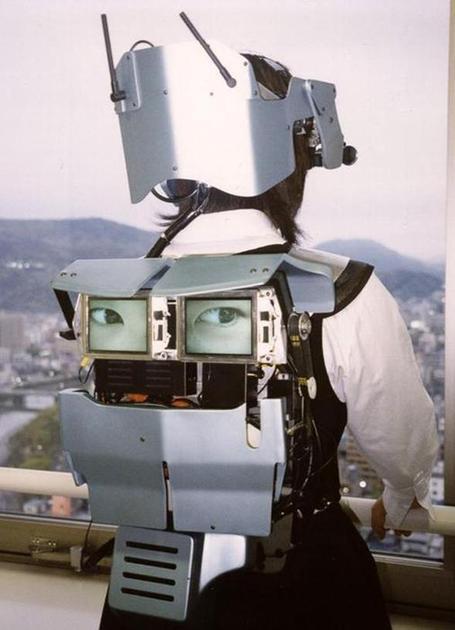
Joey Skaggs
Art of The Prank
“Media Prank” and “Culture Jamming” were the main anti-media countercultural tactics. Skaags was the “grandfather” of the so-called “media hoax“. Long before discussions of “fake news” or “memes” , he used lying and manipulation against the corporate media itself, producing funny, cynical and ironic effects. He made the mainstream media experience its own poison over and over again.” Wilson Roberto Vieira Ferreira
.
“Media Prank” und “Culture Jamming” waren die wichtigsten anti-medialen gegenkulturellen Taktiken. Skaags war der “Großvater” des sogenannten “Medienhoax”. Lange bevor er über “Fake News” oder “Meme” diskutierte, setzte er Lügen und Manipulationen gegen die Konzernmedien selbst ein und erzeugte lustige, zynische und ironische Effekte. Er ließ die Mainstream-Medien immer wieder ihr eigenes Gift erfahren.” Wilson Roberto Vieira Ferreira
.
“Media Prank” (pegadinhas) e “Culture Jamming” (trolagens) foram as principais táticas contraculturais antimídia. Skaags foi o “avô” dos chamados “media hoax”. Muito tempo antes das discussões sobre “fake news” ou “memes”, ele usou a mentira e a manipulação contra a própria mídia corporativa, produzindo efeitos engraçados, cínicos e irônicos. Fez por inúmeras vezes a grande mídia experimentar seu próprio veneno.” Wilson Roberto Vieira Ferreira

